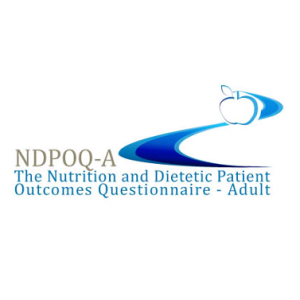Attributes:
![]() NDPOQ-A and NDPOQ-P were developed using the multistage iterative process (including the significant input from patients and health care providers in their conceptual underpinning and content generation).
NDPOQ-A and NDPOQ-P were developed using the multistage iterative process (including the significant input from patients and health care providers in their conceptual underpinning and content generation).
![]() NDPOQ-A and NDPOQ-P are short and simple to administer amongst the intended populations as they were designed as a patient self-completion measure.
NDPOQ-A and NDPOQ-P are short and simple to administer amongst the intended populations as they were designed as a patient self-completion measure.
![]() Both questionnaires have received positive acceptance in the focus groups and cognitive interview debriefing sessions.
Both questionnaires have received positive acceptance in the focus groups and cognitive interview debriefing sessions.
![]() The readability level is suitable for a 12 year old.
The readability level is suitable for a 12 year old.
^ Back to top








